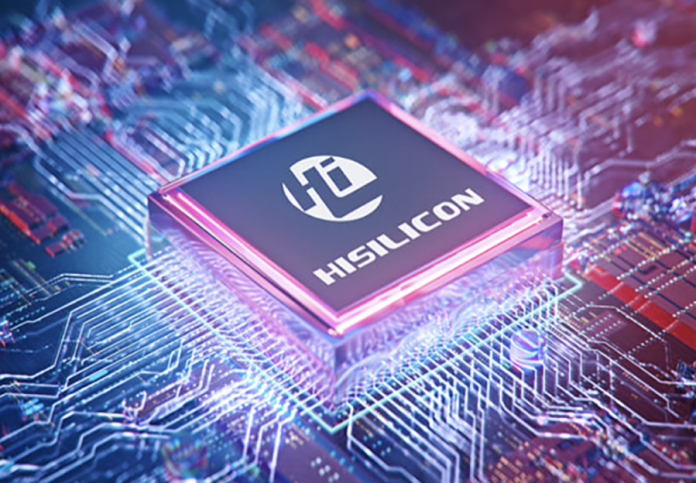Huawei has defied expectations by producing its own 7nm chip, the Kirin 9000s, for its new Mate 60 smartphone. This astonishing development could signal China’s arrival as a major player in advanced chipmaking.
Huawei’s Surprising Comeback
The beleaguered company seemed down for the count after the US blacklisted it in 2019. Deprived of cutting-edge chips from American and Taiwanese suppliers, Huawei was forced to recycle outdated components in its phones.
Yet Huawei has risen from the ashes with the Mate 60 and its 7nm Kirin 9000s processor. This chip was produced by China’s own semiconductor company, SMIC. It even includes 5G compatibility.
This is an extraordinary turn of events for Huawei, allowing it to once again compete with the world’s premier device makers. Just four years ago, experts doubted China could match leading chip technology for a decade.
But Huawei’s surprise comeback was enabled by the pressure created by the US blacklist. Scrambling for survival, the company accelerated its self-reliance efforts.
China’s First 7nm Smartphone Chip
The Kirin 9000s is believed to be China’s first 7nm chip designed for a smartphone. When Huawei was blacklisted in 2019, the industry standard was 7nm.
Huawei was forced to use recycled 45nm chips, hopelessly uncompetitive for premium devices. Some rumors claimed its SMIC was working on 14nm technology.
But producing functional 7nm chips suitable for smartphones seemed an impossible dream four years ago.
Yet Huawei has somehow leapt ahead to 7nm, despite reports that SMIC’s production abilities remain limited. It may have flouted US export bans on key equipment to achieve this progress.
Closing the Gap on Taiwan
Taiwan has dominated advanced chip fabrication thanks to its expertise and American technology. Huawei’s surprise 7nm chip suggests China’s SMIC could someday provide an alternative source.
But experts caution that Huawei may have taken shortcuts to produce its chip. And even if genuine, SMIC’s 7nm capacity is likely small at this stage.
Nonetheless, Huawei’s feat underscores China’s determination to catch up in semiconductors. With enough state support, SMIC may eventually rival TSMC.
The Mate 60’s rapid sellout hints at strong domestic demand for China’s homegrown 7nm technology. Chinese firms like Huawei now have an incentive to nurture SMIC despite its limitations.
Trump’s Unintended Gift?
Ironically, Huawei’s blacklisting by Trump may have accelerated China’s progress. Without US pressure, Huawei might have continued relying on foreign suppliers.
Instead, Trump’s sanctions forced China to pour resources into achieving self-reliance. Huawei’s 7nm chip could mark the beginning of a new era.
Though still behind rivals, Huawei and SMIC now have a pathway to closing the gap. In time, Chinese chips could power devices worldwide, challenges notwithstanding.
The Mate 60’s Kirin 9000s proves China’s chip capabilities should not be underestimated. Huawei has overcome steep odds to bring 7nm chips into reality. This improbable leap hints at greater ambitions for China’s semiconductor industry.







